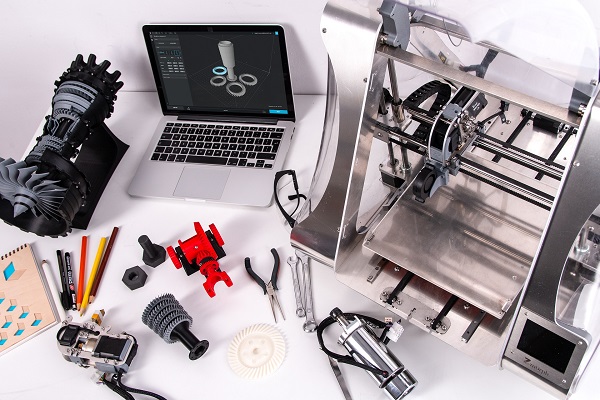Before you start applying to orthotics and prosthesis programs – which are among the highest paying master’s degrees – it’s a good idea to develop your technical proficiency. Although graduate schools usually focus more on undergraduate courses in the sciences than they do on requiring specific technical proficiencies for admission to orthotics and prosthesis programs, having this knowledge can help you succeed. Specifically, technical skills using tools and equipment and computer skills – especially skills in computer-aided design – are valuable to begin cultivating early on if you want to work as an orthotist or prosthetist.
Technical Experience Using Tools and Equipment
Many orthotists and prosthetists actually construct medical devices like custom orthopedic braces and artificial limbs in a fabrication laboratory. Other orthotists and prosthetists either supervise the technicians who do the bulk of the fabrication work or perform adjustments on prefabricated medical devices to fit them to the unique needs and measurements of individual patients. Regardless of in which capacity you will be involved in the construction of these medical devices, you need to have the skills to understand the process of making orthotic and prosthetic devices.
Your master’s degree program in orthotics and prosthesis will, of course, cover the techniques used in constructing and fitting these different kinds of devices. However, it certainly doesn’t hurt to be familiar with the use and operation of a variety of relevant hand tools and power tools. Some of the types of tools most commonly used in the occupation include cast cutters and spreaders that are similar to saws, mill saw files, tube cutters, hex keys and Allen wrenches, pipe clamps and mechanical convection, or air-circulating, ovens, according to O*NET.
All in all, O*NET identifies more than 50 types of tools used in this profession, from belt sanders and claw hammers to masks, safety goggles and gloves. You don’t need extensive experience in all of these types of tools, especially just to get accepted into a program that will teach you to work as an orthotists or prosthetist. However, having some level of experience or proficiency with at least some of these tools demonstrates your capacity to pick up these technical skills and your physical dexterity, or your skill working with your hands.
You may also use power drills, laser scanners, vacuum molding machines and many other kinds of equipment, from low-tech saws and hammers to high-tech digital video cameras, laboratory ovens, and computer numerical controlled CNC milling machines.
Computer Skills for Aspiring Orthotists and Prosthetists
Today’s orthotists and prosthetists are increasingly using computer technology in the fabrication of orthopedic braces and artificial limb implants. Because the field is embracing new technologies, the more experience you have with computer technology, the better. You don’t necessarily need to be an expert computer programmer to prepare for an orthotics and prosthesis degree program, but some experience using computer-aided design (CAD) software may be helpful.
IMAGE SOURCE: Pixabay, public domain
Many orthotists and prosthetists now use design software and three-dimensional printing technology as part of the process of fabricating new custom medical devices. This technology makes the process of creating braces and prosthetic limbs faster and, often, helps orthotists and prosthetists end up with medical devices that better fit their patients.
Some of the types of software most commonly used in this profession, according to O*NET, include Autodesk AutoCAD, Alibre Design, Infinity CAD Systems AutoSculpt, Seattle Systems Shapemaker, Polhemus FastSCAN, Ohio Willow Wood OMEGA Tracer System and Vorum Research Corporation CANFIT-PLUS. You can gain experience using computer-aided design software programs by taking a course as part of your undergraduate studies or through your own independent study, often online.
Other computer skills also play an important part in the day-to-day work of an orthotist or prosthetist. You might need to use medical software programs like gait analysis software, healthcare procedure coding system software, practice management software and orthopedic device ordering systems.
You might learn the basics of using these programs in the course of working in a medical or healthcare facility, even if you don’t yet serve in a clinical role that requires a healthcare degree. As you work through the curriculum of your orthotics and prosthesis degree program, you will have the chance to develop more familiarity with medical software used in both the construction of medical devices and the work of clinical patient care.
You may be surprised to find that some of the most important technology skills an orthotist or prosthetist must have require less extensive technical expertise, including experience with email software, word processing, basic spreadsheets and accounting programs.
Additional Resources

